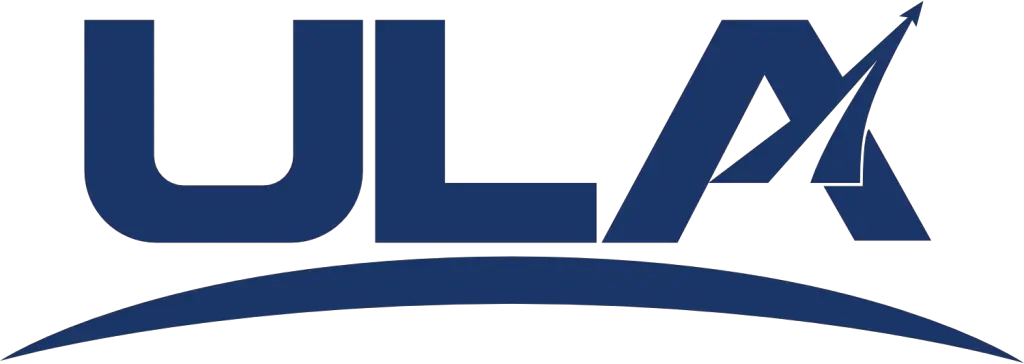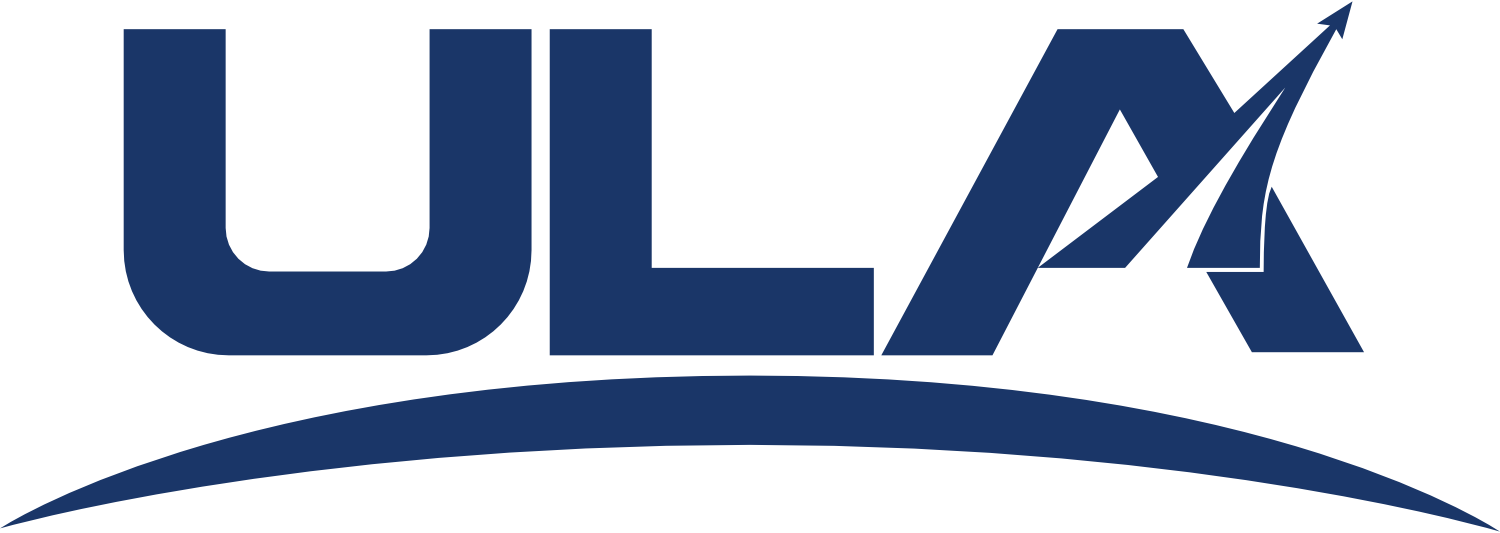
United Launch Alliance – ULA

- Spacecraft: CST-100 Starliner
- Abbreviation: ULA
- Administrator: CEO: Tory Bruno
- Country: USA
United Launch Alliance is a Commercial space agency that was established in 2006. United Launch Alliance has 160 successful launches and 0 failed attempts, with a cumulative tally of 160 launches, currently with 46 pending launches in the pipeline. United Launch Alliance has a tally of 0 attempted booster landings, of which 0 failed and 0 successful booster landings recorded.
United Launch Alliance (ULA) is a joint venture of Lockheed Martin Space Systems and Boeing Defense, Space & Security. ULA was formed in December 2006 by combining the teams at these companies which provide spacecraft launch services to the government of the United States. ULA launches from both coasts of the US. They launch their Atlas V vehicle from LC-41 in Cape Canaveral and LC-3E at Vandeberg. Their Delta IV launches from LC-37 at Cape Canaveral and LC-6 at Vandenberg.